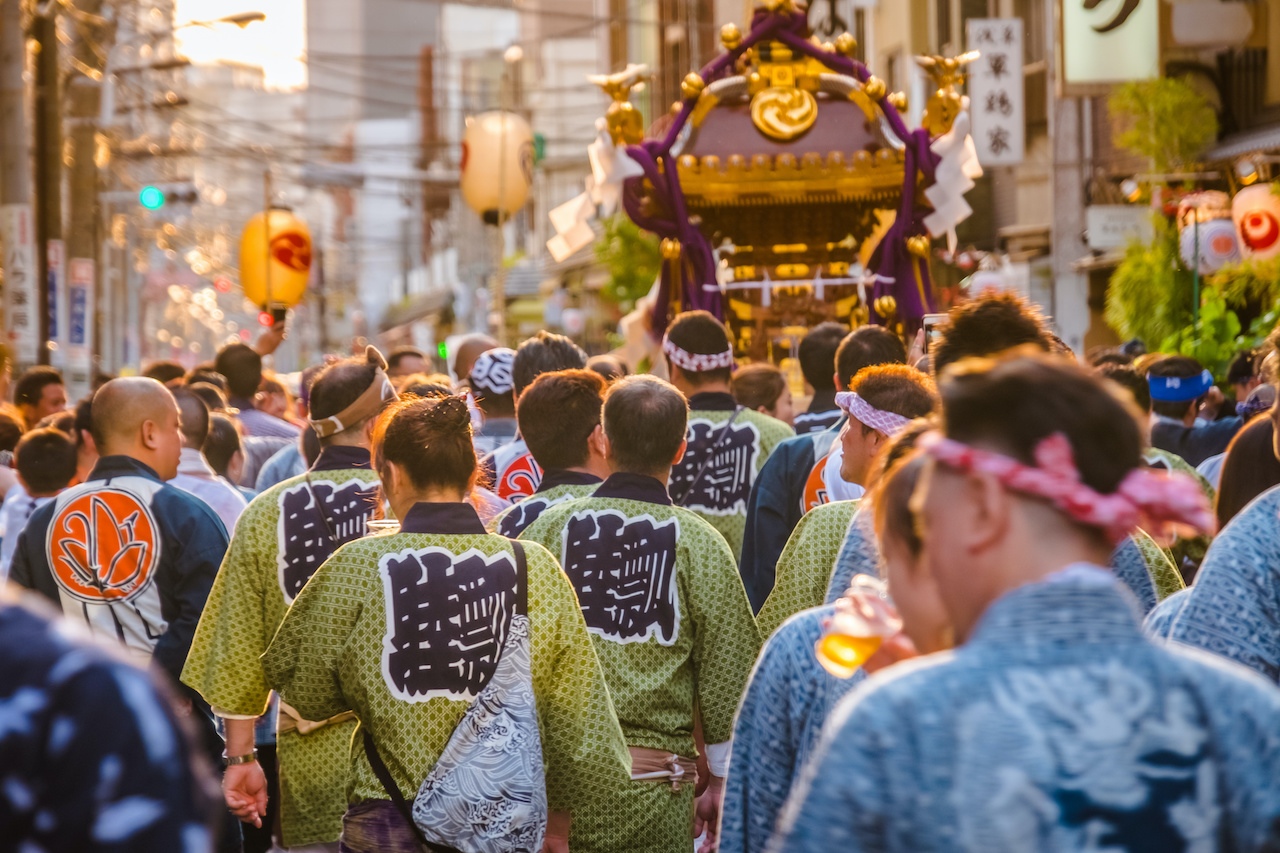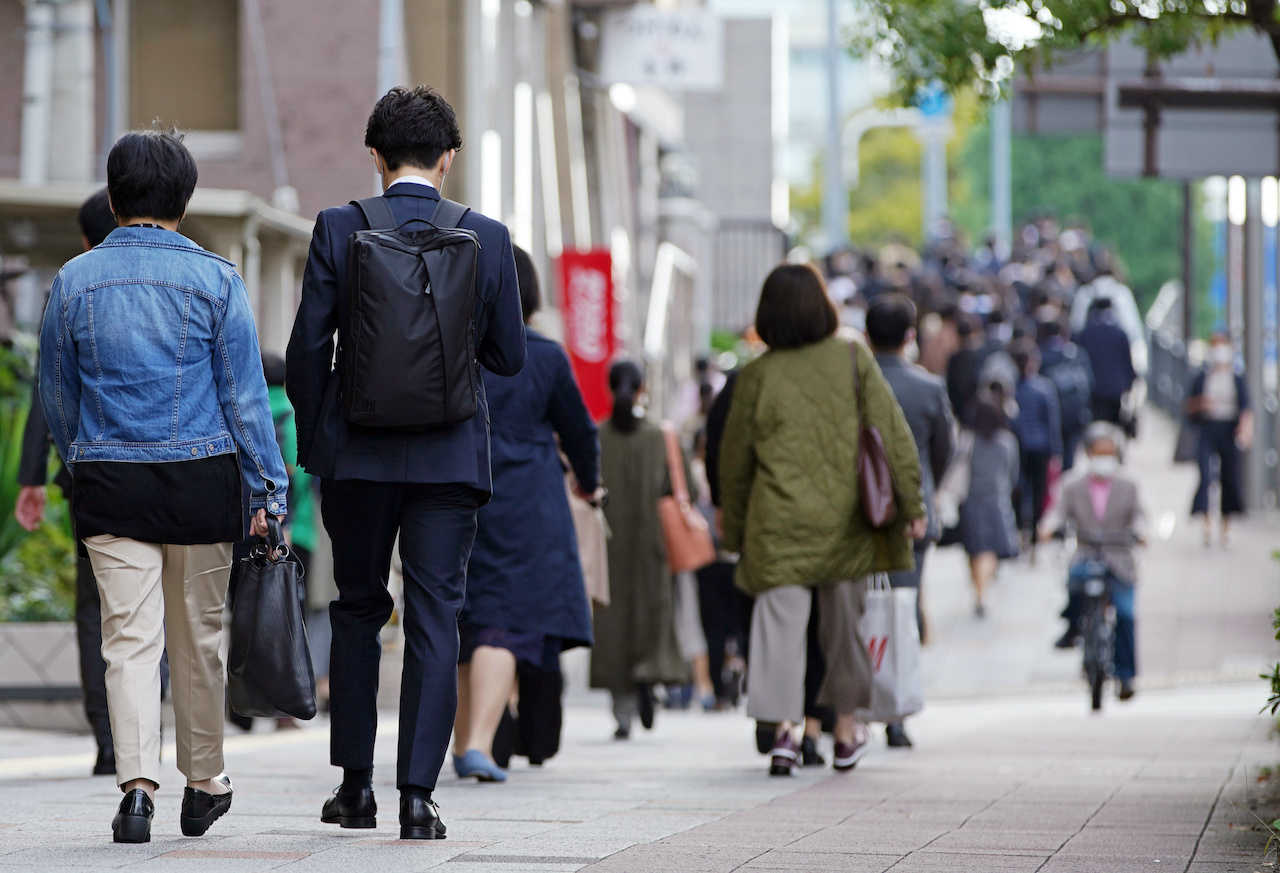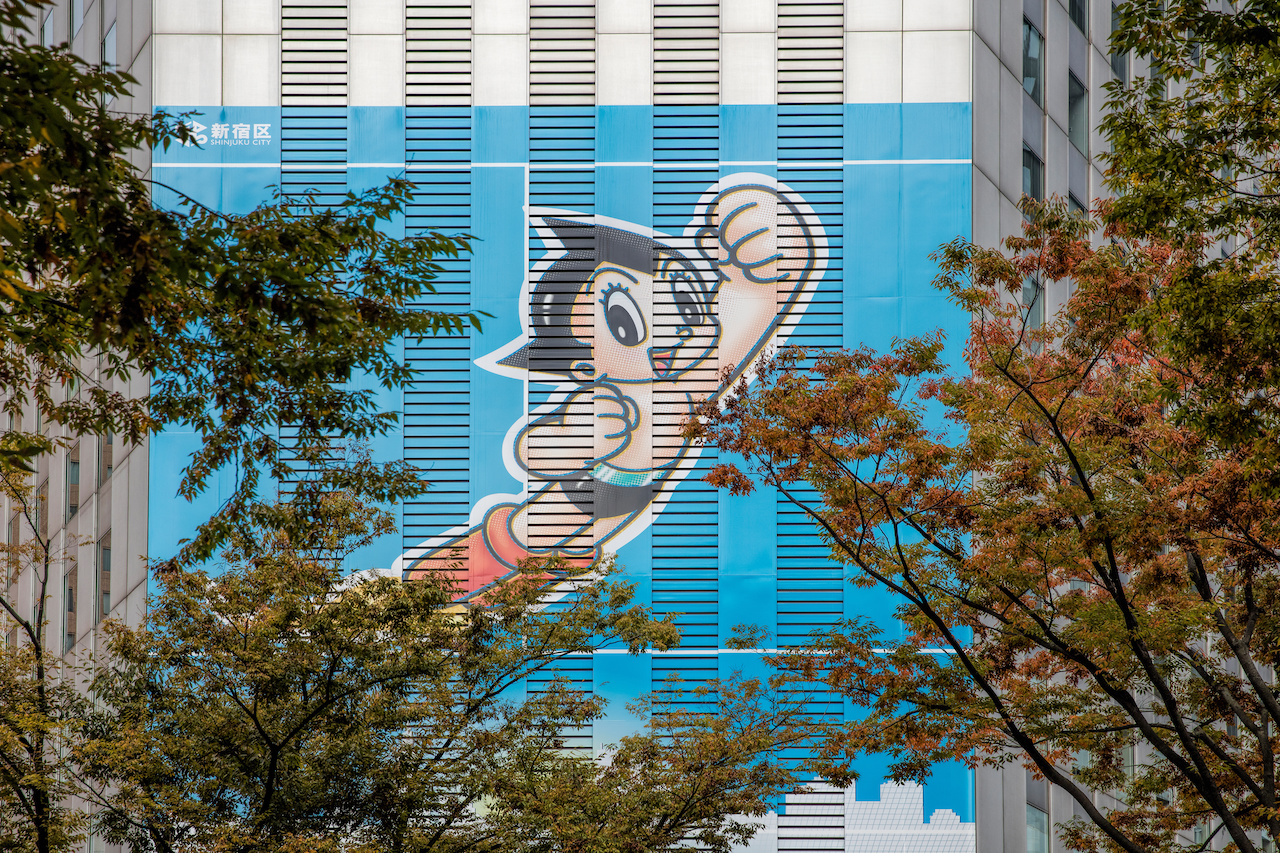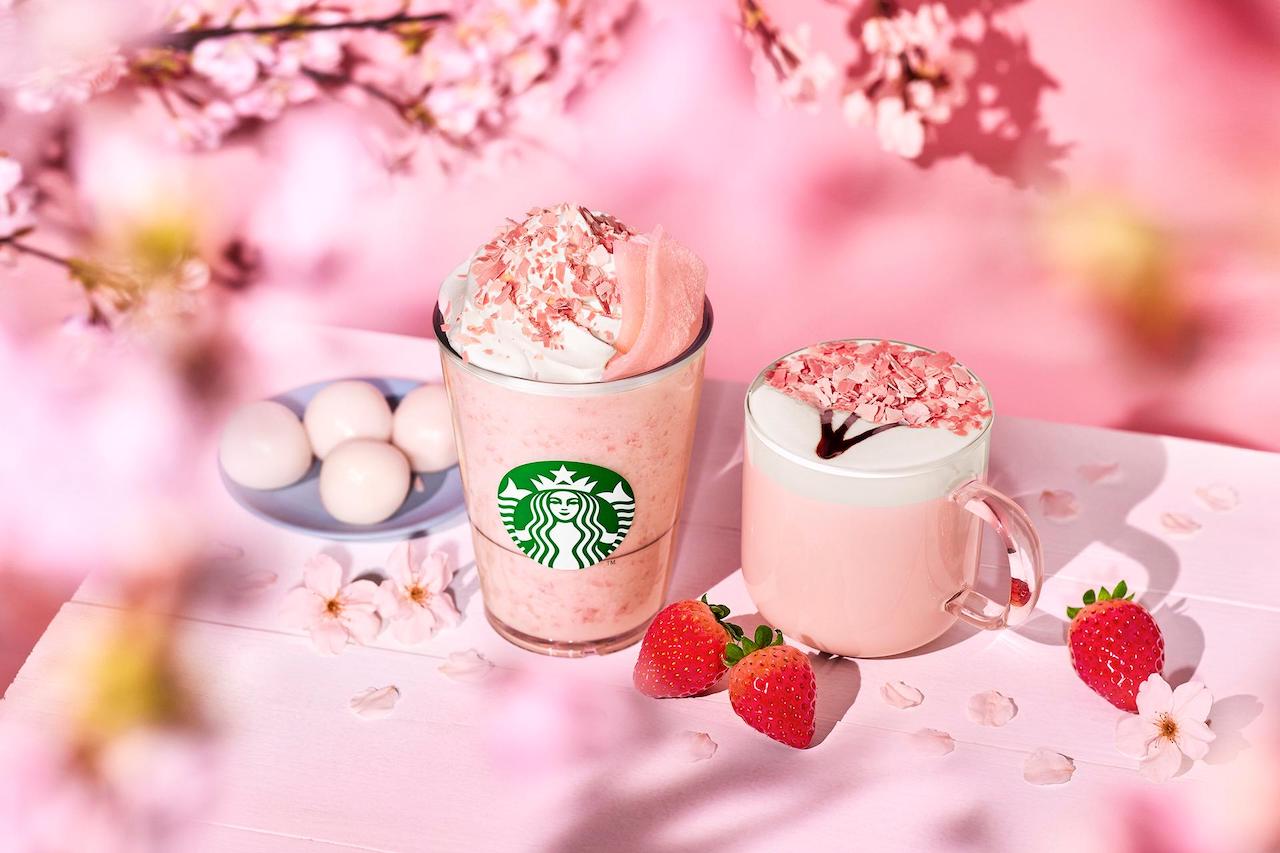Social norms, cultural nuances, language considerations and even media regulations all have a huge impact on the way brands communicate their messages in Japan and the US.
We explore some of the major differences between these two nations, including why many Japanese consumers perceive American advertising to be too direct, compared to the soft-sell approach they’re used to.
Table of Contents
Japanese Advertising vs American Advertising—An Overview
Japanese advertising tends to emphasize harmony, modesty, and group-oriented values, which in many ways reflects the country’s collectivist society.
Common goals in advertising include sparking moments of joy and humor that convey a brand’s essence and create a sense of connection with the audience.
It is also common for brands in Japan to employ implicit messaging, relying on symbols, metaphors, and emotional storytelling.
On the other hand, American advertising typically emphasizes individualism, assertiveness, and personal aspirations, aligning with the country’s more individualistic culture.
Messaging is often more direct, using clear and concise language to communicate the product’s benefits, features, and competitive advantages—often persuading the viewer that their lives could improve in some way if they commit to a purchase.
What Role Does Culture Play In Advertising and Marketing?

National culture significantly influences advertising by shaping values, language, popular visual aesthetics, humor, social norms, consumer behavior, and attitudes.
Advertisers must respect cultural differences in order to effectively communicate their messages and connect with their target audiences in different countries. This is even more crucial for foreign brands who are trying to enter a new market for the first time.
Soft Sell vs Hard Sell in Japanese Advertising

Many Japanese consumers generally have an aversion to the “hard sell” approach in advertising and marketing.
Ads that are too direct or forceful are received with caution by Japanese audiences. And many will look at ads and brand content that features too much exaggeration or embellishment skepticism, instead preferring a transparent and informative approach where they can make an informed judgment about how a product works and performs.
Although common in the US, direct comparisons with, or criticisms of, competitor brands and products are seen as bad taste and “cheap”.
It is popular for Japanese advertising to offer a rewarding, unique, or funny that subtly entices audiences in without overtly promoting a specific product. Also, many brands focus on producing lifestyle content that captures a specific mood or feeling through their advertising and marketing
Hard Sell vs Soft Sell
| Soft Sell | Hard Sell |
| Use of music, colors, symbols, metaphors, aesthetics, and storytelling techniques that build a special mood and atmosphere, which may create a positive feeling in the viewer and hopefully a positive association with a product or brand. | Use of logical arguments, data, facts and product information related to a product or market in order to convince an audience to make a purchase. |
| Particularly effective in “high-context” cultures like Japan where people have a deeper shared understanding of topics and ideas. | Popular in “low context” cultures like the US with a huge diversity of cultures and ideologies, sometimes requiring longer messages and more direct descriptions to fully explain key messages and selling points. |
| Unwillingness to compare a brand or product with another brand, or even to suggest market dominance in an obvious way, due to the risk of seeming overconfident, impolite, and rude. | Willingness to directly compare one product with another and directly mention or shame competitor brands and products. |
Humor and Taboos
Humor and emotion are deeply rooted in culture and can vary significantly across countries. What is considered funny or emotionally engaging in the US culture may not resonate in Japan.
Advertisements often rely on humor and emotional appeals to capture attention and create a connection with consumers. Understanding cultural humor and emotional triggers is crucial for effective communication in both markets.
Japanese advertisements often feature subtle, situational humor, wordplay, and puns, which require a deeper understanding of the cultural context to appreciate fully.
In contrast, American advertising employs more overt and direct humor, often relying on slapstick comedy, sarcasm, and witty one-liners to engage and entertain audiences.
Cultural norms and taboos strongly influence the content and messaging in advertising as well. Advertisers must make sure that their messages align with cultural norms to avoid controversy or offense. For instance, taboos related to religion, gender, sexuality, or social customs need to be respected and navigated appropriately.
Cultural sensitivity is vital to ensure the success and acceptance of advertising campaigns in the Japanese market.
Consumer Behavior and Persuasion

Different cultures have unique consumption patterns, decision-making processes, and attitudes towards advertising.
Building trust, cultivating long-term relationships, and focusing on the group’s collective needs are incredibly important in brand and advertising strategies in the Japanese market.
Historical events and socioeconomic factors can also contribute to cultural values and perceptions. For example, countries like Japan with a history of collectivism may prioritize community and social cohesion in their advertising.
Socioeconomic factors such as income levels, education, and social class also influence consumer behavior and preferences, which advertisers must consider when developing campaigns.
In contrast, American advertising tends to emphasize personal preferences, individual satisfaction, and immediate gratification, appealing to consumers’ desires for personal success and achievement.
HB Pro Tip: Understanding Japanese cultural nuances helps advertisers tailor their strategies to effectively engage and persuade consumers. Cultural context influences how products or services are positioned, and the benefits or values that are emphasized in advertising campaigns.
Visual Aesthetics

While there are many exceptions to this, it is common for Japanese advertisements to employ soft, pastel colors, intricate designs, and subtle imagery, evoking a sense of tranquility and tradition. Cute and “childish” illustrations and color schemes are also used heavily across several industries.
The blend of tradition and innovation is also noticeable in Japanese advertising. From minimalist aesthetics to rich symbolism, Japanese ads can be incredibly captivating visually, with execution appearing overtly thoughtful and considered, even to the passive viewer.
In contrast, American advertising tends to embrace bold and vibrant colors, dynamic visuals, and eye-catching graphics to capture attention and convey a sense of energy, strength, urgency, and excitement.
Sustainability and Nature in Japanese Advertising
Broadly, the theme of sustainability is becoming increasingly important to the way brands and services define themselves—adjusting to the increased concern among the Japanese population about environmental issues.
Nature and the natural elements have always been an important aesthetic theme in Japanese creative design and art and this offers brands a good platform to start engaging with the topic without being too self promotional or virtue-flagging.
Learn About Environmental Sustainability and Efforts to Go Green in Japan
Minimalism and Simplicity
Although some forms of Japanese advertising, marketing, and web design feature vast amounts of information in a small space (seeming cluttered or overwhelming to many Western audiences), minimalism is an important thread in Japanese advertising design.
This often includes clean, uncluttered layouts with ample white space to create a sense of calm and harmony, ensuring clarity and impact.
Harmonious Color Palettes
Color plays a vital role in Japanese advertising design, with carefully selected palettes that evoke specific emotions and associations.
Soft pastels, serene blues, and earthy tones are often used to create a sense of tranquility and harmony. However, vibrant splashes of color, neon, and contrasting elements are also employed to attract attention and convey energy.
HB Pro Tip: The careful combination of colors in Japanese advertisements can evoke emotional responses and establish a strong visual identity for the brand.
Symbolism and Metaphor

Symbolism and metaphorical imagery are integral to Japanese advertising design. From cherry blossoms representing vitality, beauty, and transcience to koi fish symbolizing perseverance, these visual cues can evoke deeper meanings that resonate with the audience. This can be used by brands to communicate complex ideas or values in a concise and visually compelling manner.
Typography
Typography is an art form in itself in Japan. And standards are incredibly high when it comes to the fonts and typefaces brands use in advertising, branding, and marketing.
For instance, the use of calligraphy-inspired fonts and intricate lettering are often used to add elegance and uniqueness to advertisements. Variations in size, weight, and style are also used to create a hierarchy and guide the viewer’s attention.
The commonplace fusion of traditional Japanese calligraphy with modern design principles can result in outcomes that are incredibly unique and distinct from what you’ll find in the majority of American ads or ads in other parts of the world.
Visual Storytelling
Japanese advertising often employs storytelling through photographs and illustrations to engage viewers emotionally. This can include manga, the popular illustrative style derived from Japanese comic books and graphic novels.
These visual narratives create a connection with the audience, tapping into shared experiences and eliciting empathy.
Whether it’s a short video animation, comic book strip, or photography, it is common for visuals to add a level of depth and implicit meaning to advertising in Japan, which may appear confusing or ambiguous to the foreign eye without the same level of context.
Visuals common in American ads, on the other hand, tend to reflect a culture of individualism, with an emphasis on capturing decisive moments, human interaction, and diverse perspectives. This can appear more confrontational, focusing on direct engagement with subjects and capturing raw emotions or social commentary.
Building A Japanese Advertising Campaign?
A look at Japanese advertising vs American advertising can reveal several differences due to cultural context, visual aesthetics, messaging styles, humor, and consumer behavior.
Understanding these differences is crucial for marketers and advertisers aiming to enter these distinct markets successfully.
Only by appreciating cultural nuances and integrating a good level of localization into your process can advertisers create campaigns that resonate deeply with their target audiences and effectively communicate the brand’s value proposition.